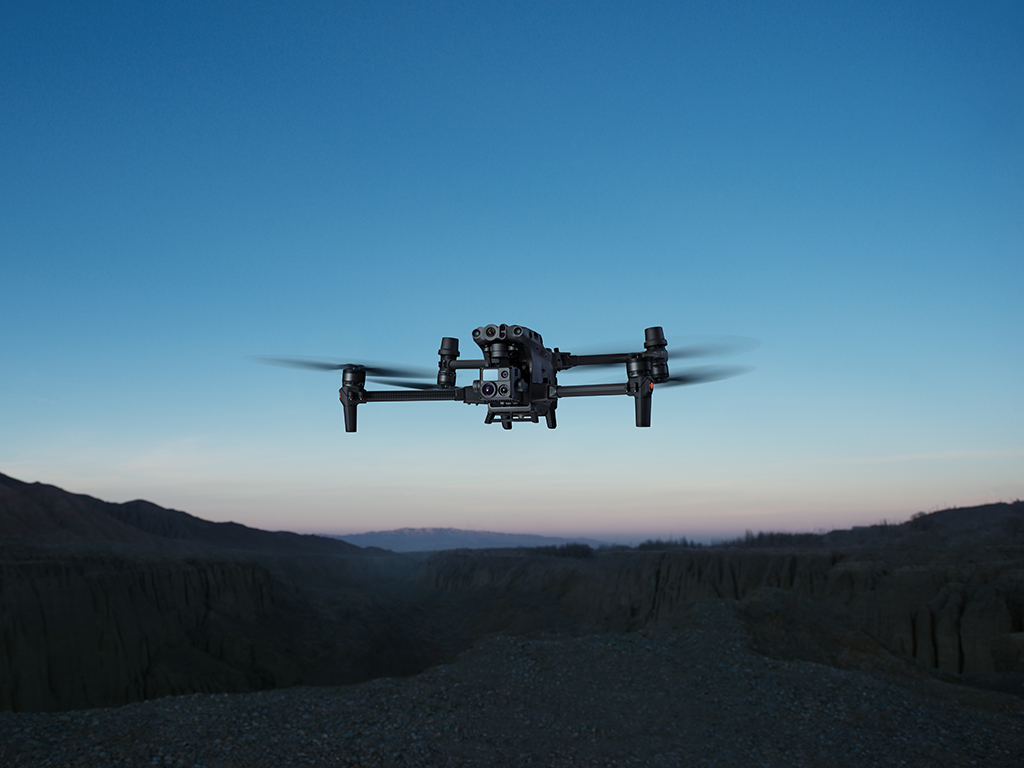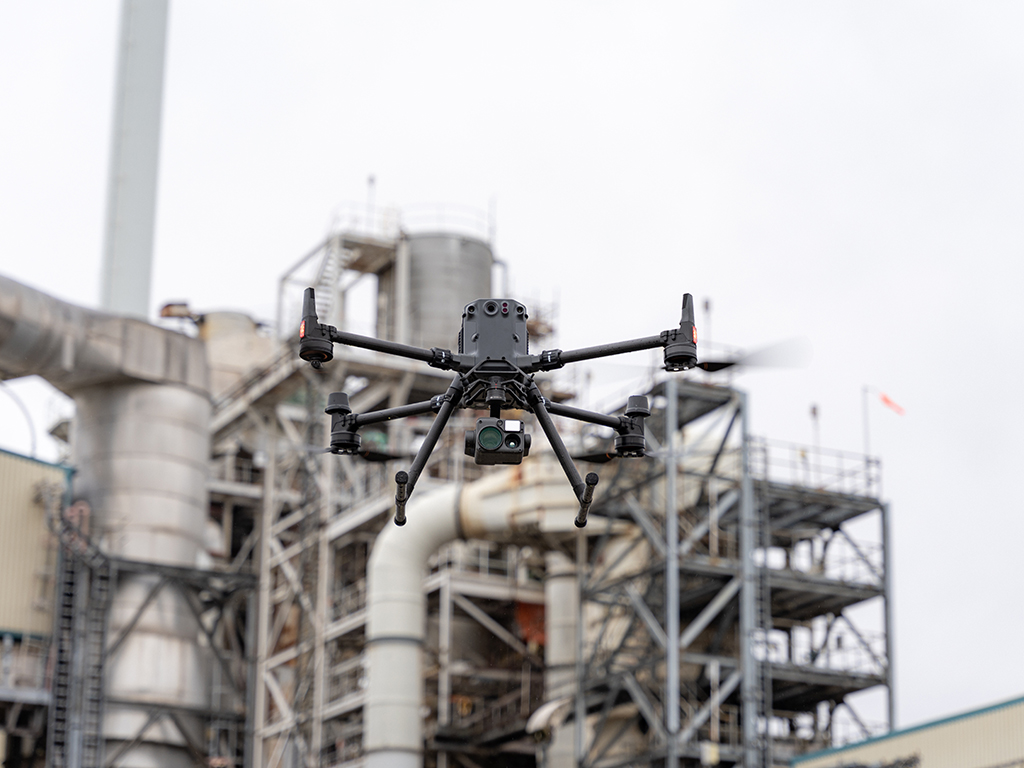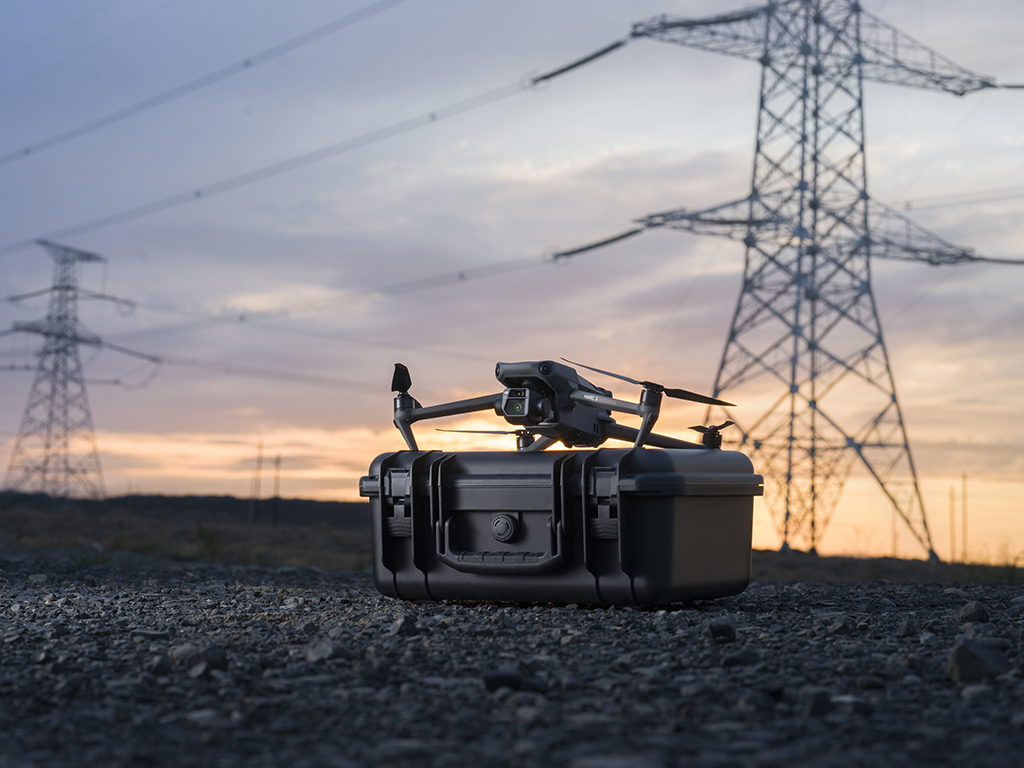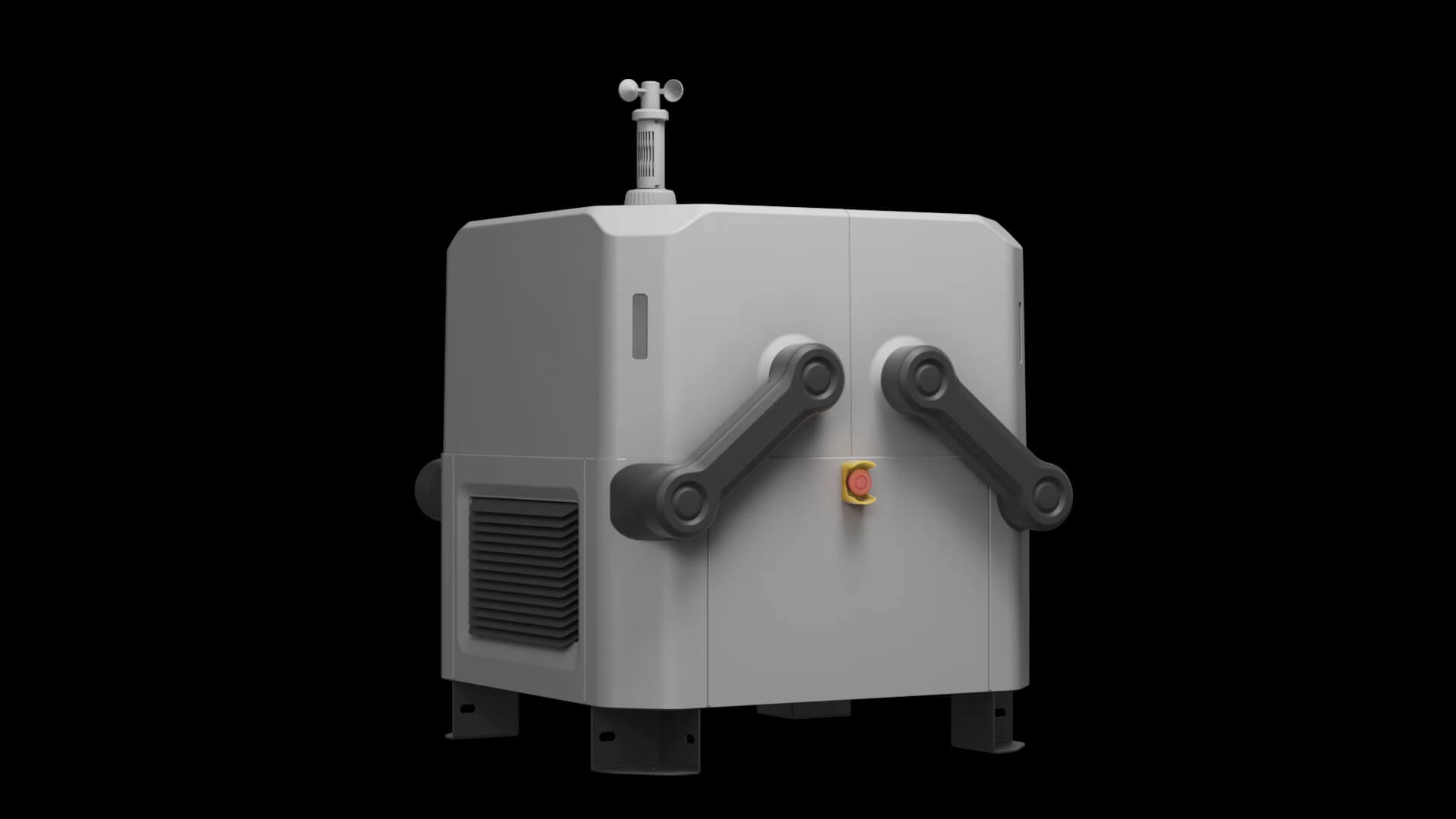Drones are ushering in a new era of operational efficiency and capability across the global landscape. By taking advantage of the skies, these versatile machines are enhancing data collection, improving safety conditions, and providing rapid, real-time insights in ways previously unattainable. Their impact is significant and widespread, enabling tasks to be completed faster, more accurately, and with reduced risk to human life. As drones continue to advance technologically, they are set to redefine the boundaries of innovation and utility in a multitude of applications. Below are examples of industries that benefit from utilizing drones.
Fire & Rescue
Drones in Fire and Rescue offer unparalleled situational awareness, providing live aerial footage to command centers, which helps in the strategic deployment of resources and the safety of personnel. They can navigate through smoke or hazardous areas, delivering critical information and potentially saving lives without endangering more responders.
Construction
In Construction, drones facilitate precise mapping and surveying of sites, enabling planners and architects to visualize projects and track progress with up-to-date aerial imagery. This bird’s-eye view helps in detecting potential issues early, ensuring compliance and aiding in efficient project management.
Security
Drones enhance security operations by offering real-time monitoring from above, extending the range of sight beyond ground-based limitations. They act as a force multiplier, providing a cost-effective way to patrol large areas, deter potential threats, and respond quickly to security breaches.
Oil & Gas
In the Oil and Gas industry, drones conduct remote inspections of pipelines and rigs, significantly reducing risk and downtime. They provide detailed imagery for monitoring infrastructure health, enabling early detection of leaks, corrosion, or other hazards that could lead to environmental and financial setbacks.
Energy
Drones in the Energy sector streamline the inspection of power lines, solar panels, and wind turbines, offering a safer and more efficient alternative to manual inspections. They collect data on system performance and wear, contributing to enhanced maintenance schedules and longer asset lifespans.
Agricultural
Agricultural drones revolutionize land management by monitoring crop health, optimizing irrigation, and managing resources. They support precision agriculture practices, allowing for targeted interventions that improve yield, reduce waste, and contribute to sustainable farming operations.





